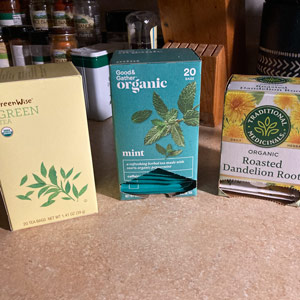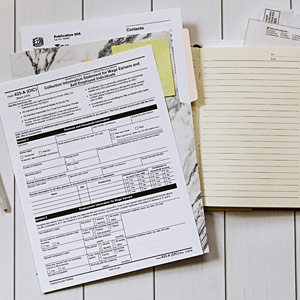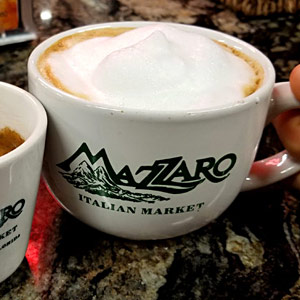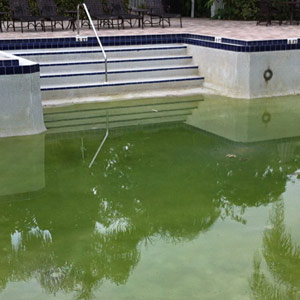Stalex House
Live, Love, Write, Photograph, Travel - Create Your Life. Capture & Share Your Story
Part 3 - Food Supplies: Prepping, Surviving & Thriving in Coronavirus Pandemic
Home
March 25, 2020
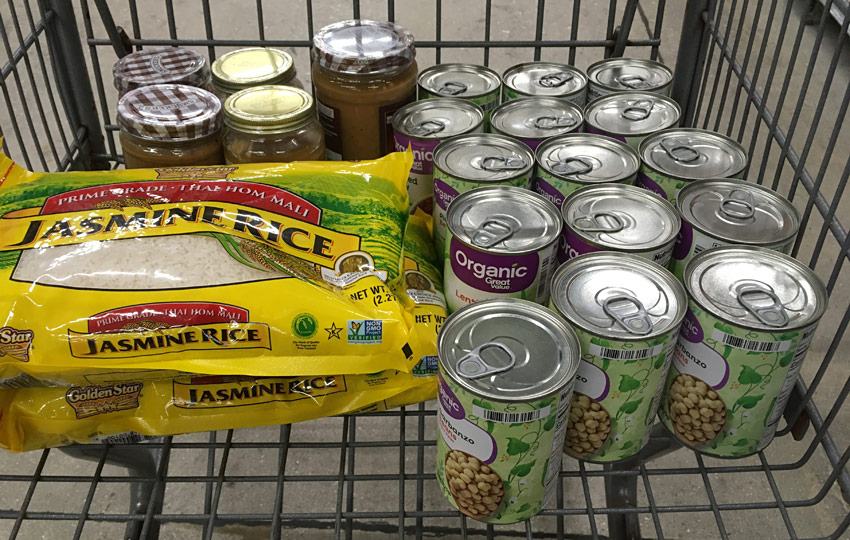
Start with the full 6-part series on how we prepped, survived and thrived in a pandemic outbreak.
Empty grocery store shelves.
No rice, no meat, no eggs, no dairy. Even my favorite Greek Yogurt that cost $7 is gone. Most of produce is gone such as salads, potatoes and onions.
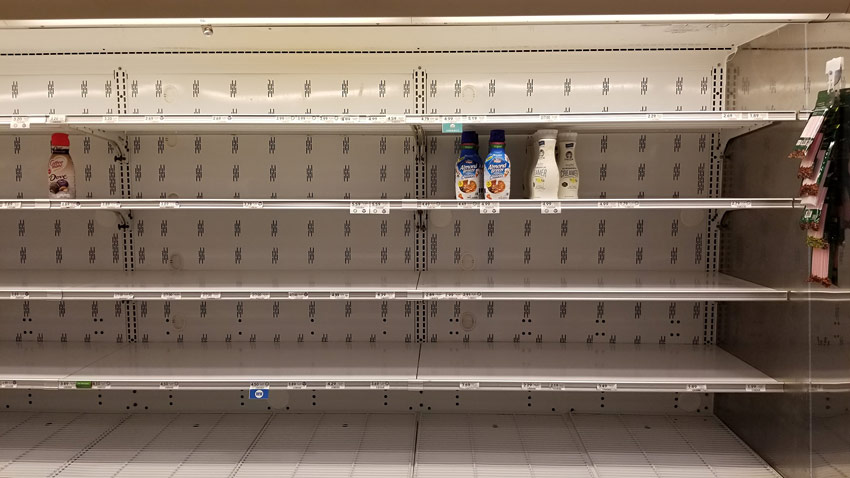
But this is nothing new to me. I've lived through this in former USSR.
I bought most of our non-perishable food to keep in stock weeks ago before the panic hit.
In this post I will share what food to buy, what to store, what to eat and how to maintain a continuous supply of food for weeks or months to come.
Food to Store and Food to Eat
Food should be split into 2 categories.
- Non-perishable
- Perishable
Non-perishable is any food that has long shelf life and doesn't require refrigeration. This includes any canned food (beans, soups) or dry food (pasta, rice, lentils).
Perishable is any food that requires refrigeration and spoils within few days.
Non-perishable food should be your pandemic food. This food is your last resort when you can't find anything to eat. Until then do not break the seal on your non-perishable food.
Perishable food should be bought continuously and eaten. I go to the store every other day and check on eggs, meat and produce. When I see something back in stock I buy my maximum allotment.
I don't think power will go out during a pandemic. It hasn't so far. But it might due to so many people are forced to stay home. So many people using electricity can lead to power grid overload.
Non-Perishable Food List
Non-perishable is any food that has long shelf life and doesn't require refrigeration. I bought food we normally eat on non-pandemic days. All organic or at least non-GMO (we have to eat this later).
If you prep early enough, you can stock up on anything you need.
Here is what we have for 2+ people:
- Water (20+ gallons)
- White rice 10+lbs
- Lentils 10+lbs
- Canned beans (black, kidney, pinto, garbanzo) 50+ cans
- Peanut butter
- Pasta and buckwheat
- Nuts
- Canned Sardines
- Oil: Coconut and Olive
- Honey and salt
- Tea and coffee
Water
20+ gallons of distilled and spring water. The more you can have the better.
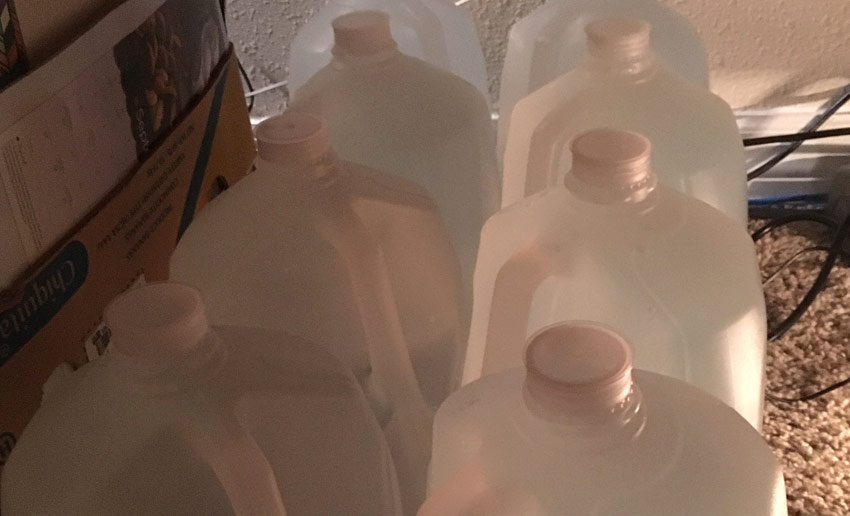
If all else fails, you can always boil tap water.
Rice and Lentils
10+lbs of non-GMO white rice, jasmine and organic GreenWise Lentils:
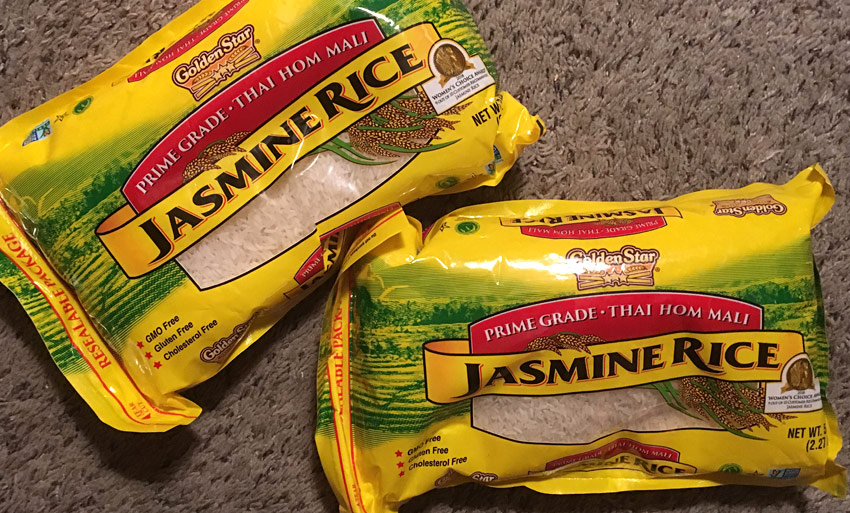
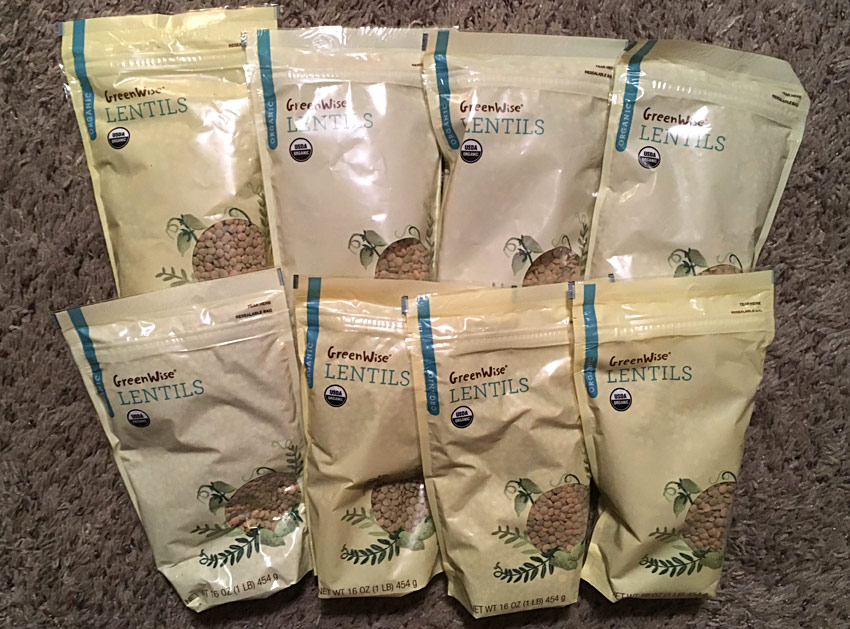
Canned Beans
Organic beans of various variety (black, kidney, pinto, garbanzo). Over 50+ cans.
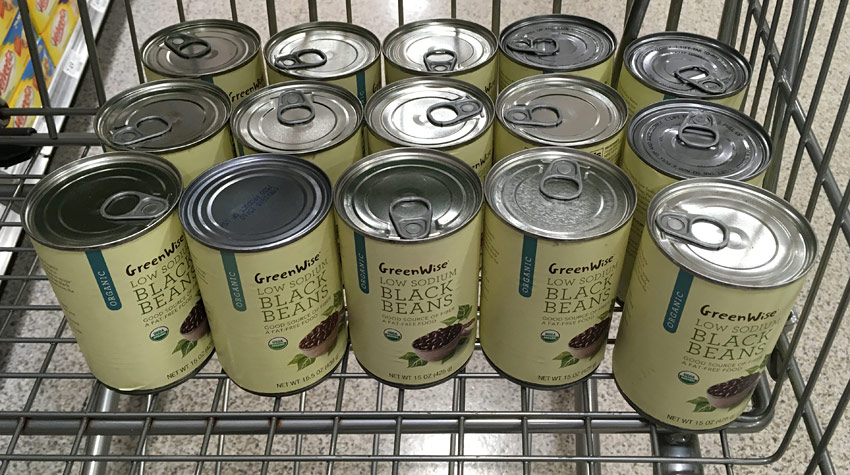
Peanut Butter
5+ jars of organic peanut butter.
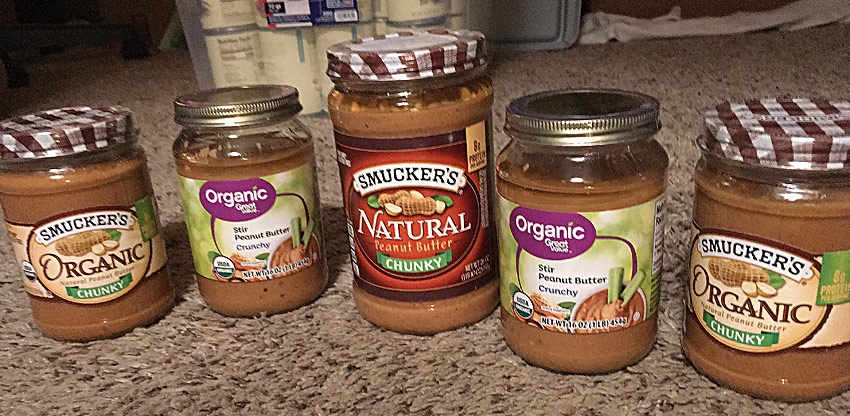
Pasta and Buckwheat
Few boxes or organic pasta and buckwheat.

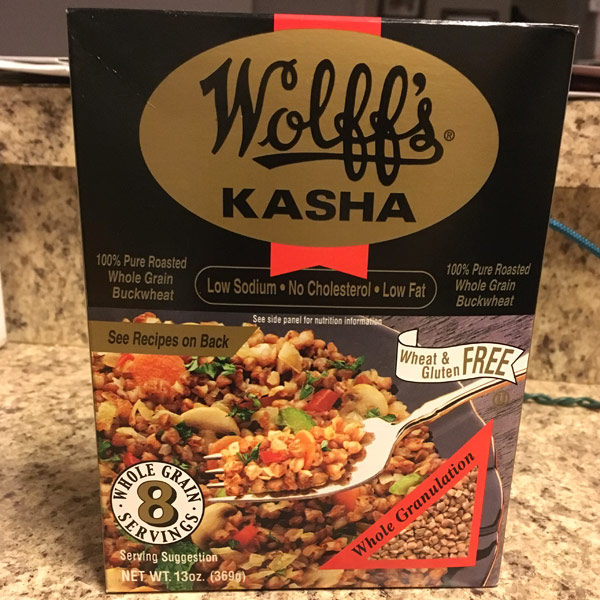
Also pasta sauce.
Nuts
Pecans and walnuts:
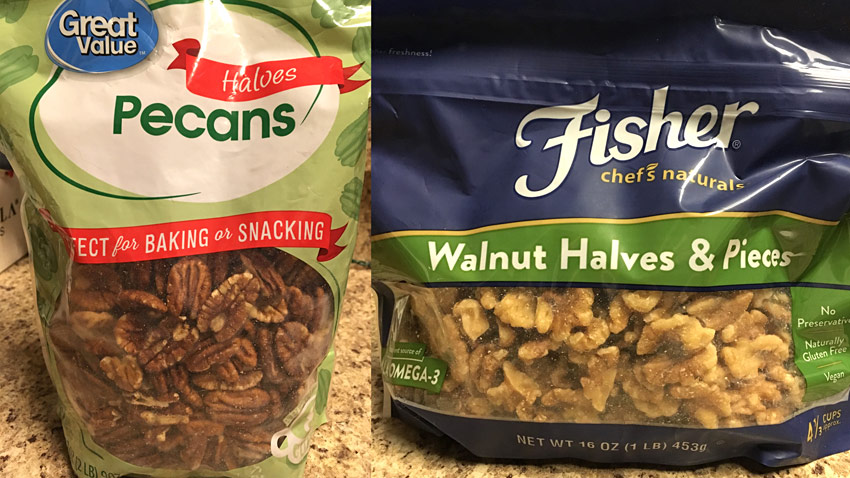
I also like Brazil nuts but you can't have too many of these so they are not essential survival food.
Canned Sardines
5+ cans of Crown Prince Sardines.
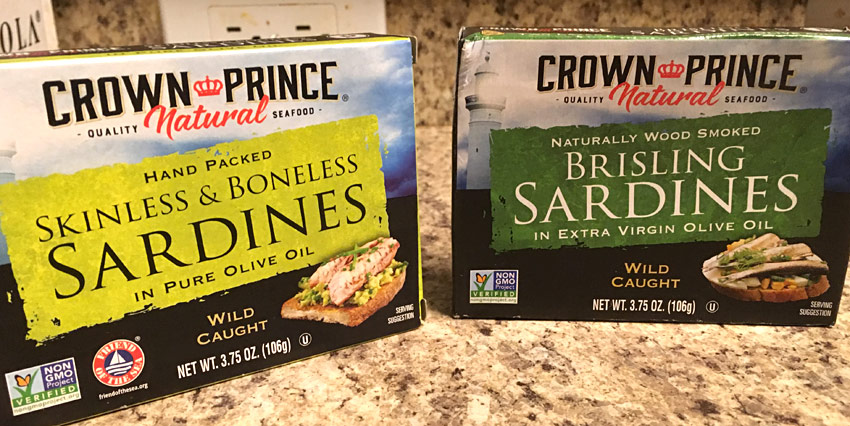
Oils
Cooking and eating oils. These are olive oil and coconut oil. Olive oil is Bertoli's.
Coconut oil for eating is Extra Virgin coconut oil unrefined and cold-pressed. But if you are cooking with it you want virgin coconut oil (unrefined or refined).
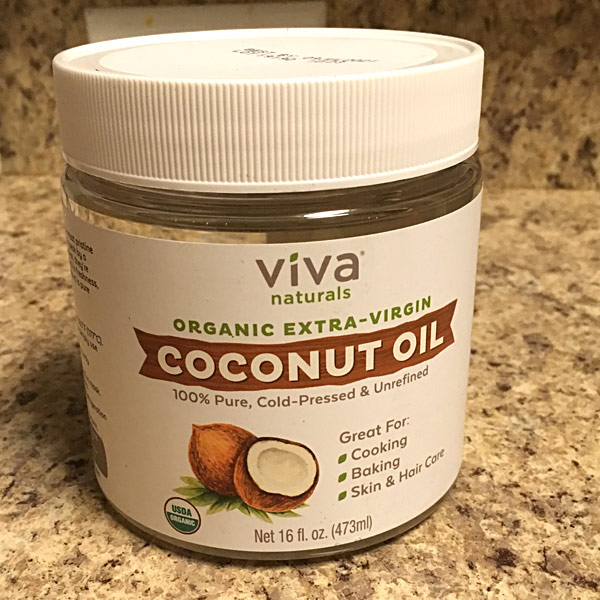
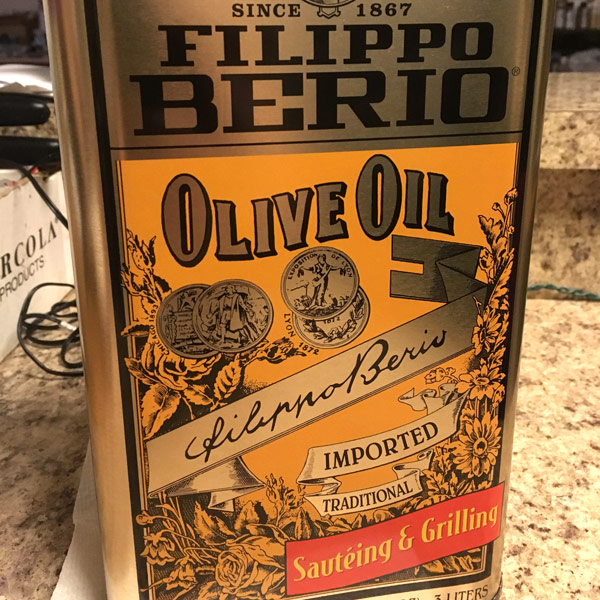
Honey and Salt
Hymalanian pink salt to cook with and add for flavor and honey. We don't consume sugar but we do honey.
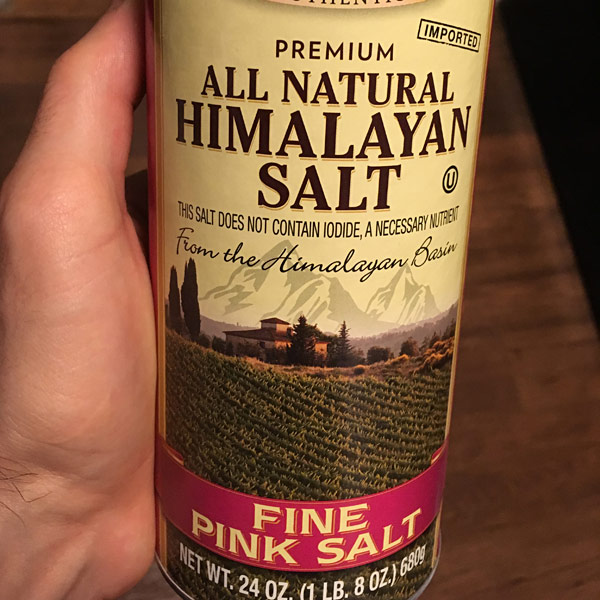
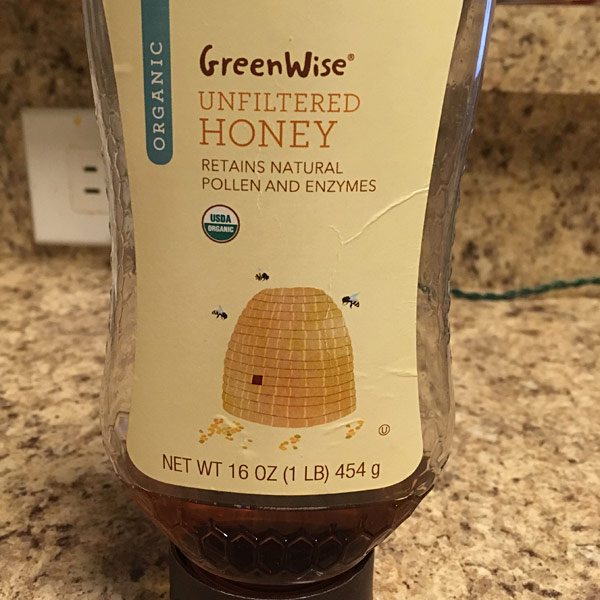
Tea and Coffee
I am heavy tea drinker so I have 10+ boxes of various teas (black, earl grey, green, herbal teas). We also have Verismo Coffee Maker so we stocked up on Verismo espresso pods as well. Our favorite is Guatemala Antigua and Kenya:
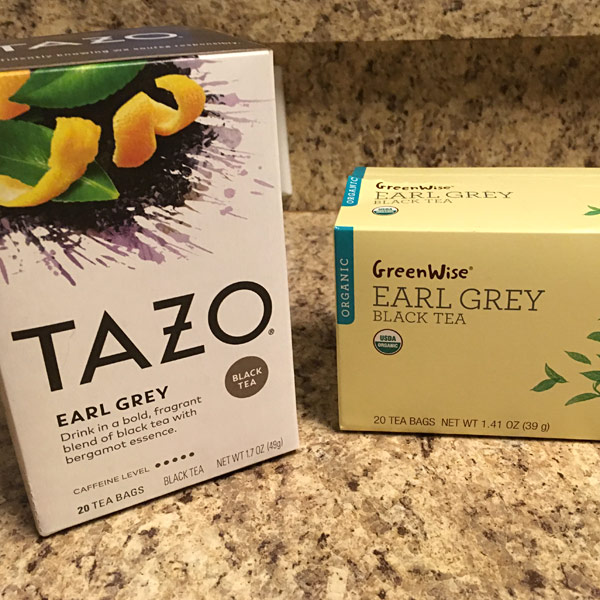
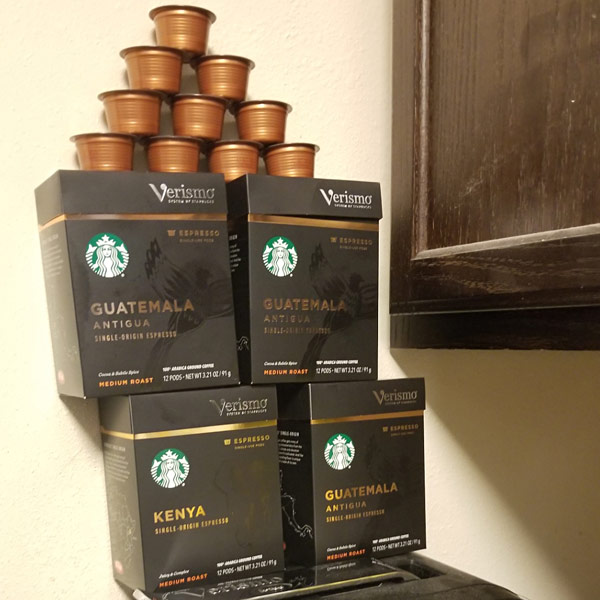
Dry Fruit
Dry fruit has a long shelf life and can be used as a substitute for sugar. Dry fruits tend to be high in calories and carbs. Some dry fruits we buy are:
- Dates
- Raisins
- Prunes
- Apricots
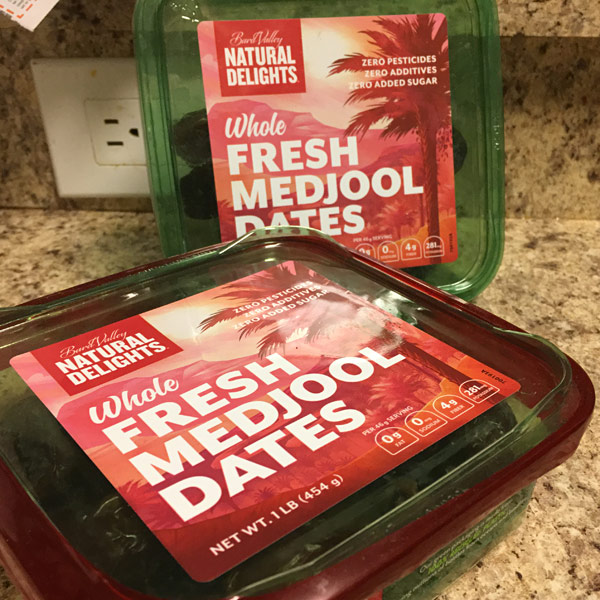


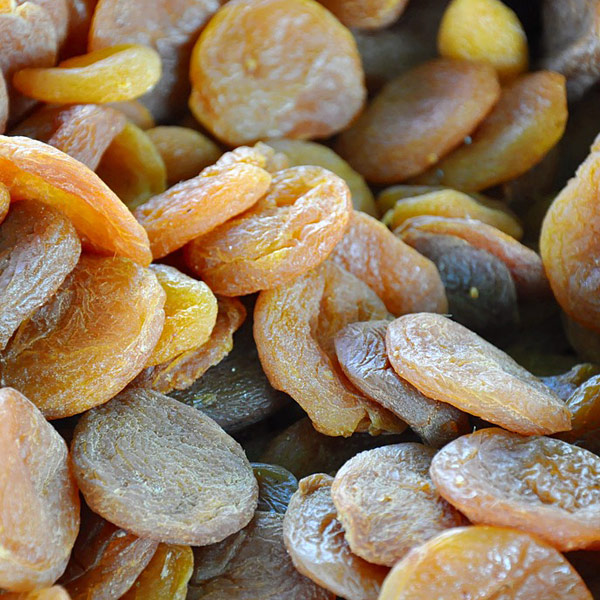
Perishable Food List
Perishable is any food that requires refrigeration and spoils within few days.
Perishable food is usually easy to come by on any other day. But during last 2 weeks it has been very difficult to find eggs, meat and most produce. The food eventually does get restocked but you have to constantly visit the store to get it.
Eat the perishable food first and as much as you can until it runs out in the store and from your fridge.
The following list should be used as a starting point but of course substitute it with the ones you eat.
- Eggs
- Meat (chicken, steak, chicken liver)
- Produce (lettuce, avocados, tomatoes, cucumbers, onions, potatoes etc.)
- Fruit (apples, bananas, oranges etc.)
Eggs
I didn't expect to find egg shelves empty.
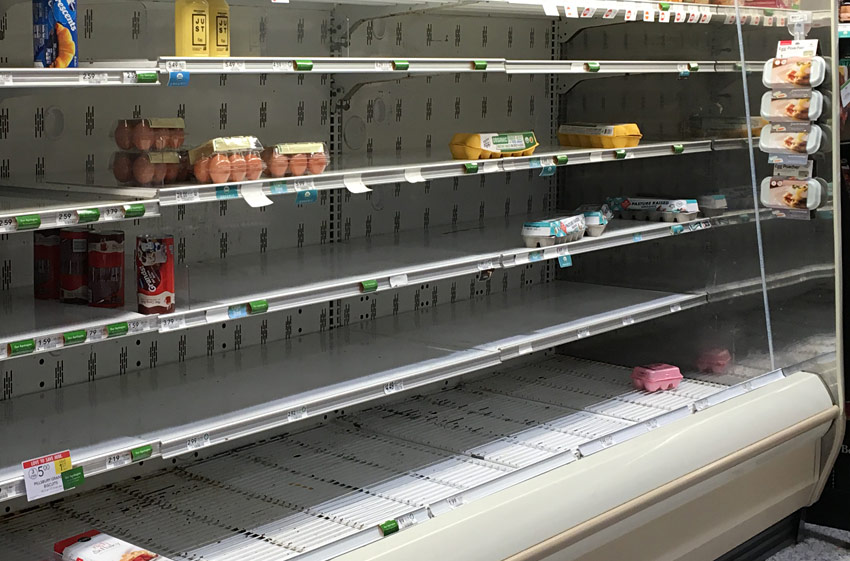
We stocked up on eggs and have at least 5 egg cartons.

Dairy
Greek Yogurt is another item I didn't expect to run out during a pandemic but it did. So when it was back in stock I bought extra to keep my mornings going for few weeks.
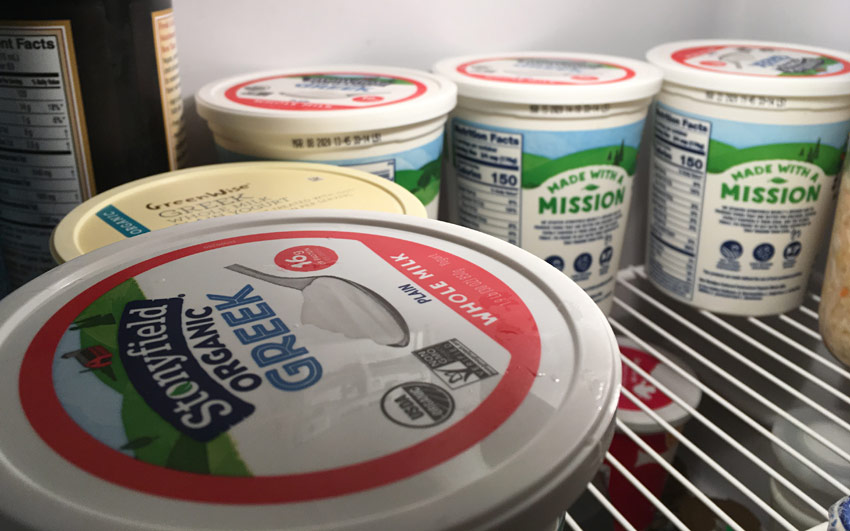
Few other items to consider:
- Butter
- Milk and heavy creams
Meat
The best part about meat is you can freeze it and extend the shelf life for few months. I stocked up on chicken breast, chicken liver and steak (rib eye, tenderloin and strip).
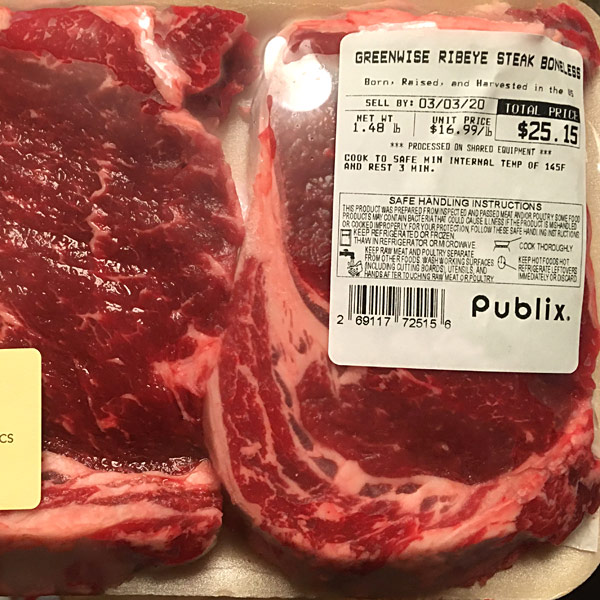
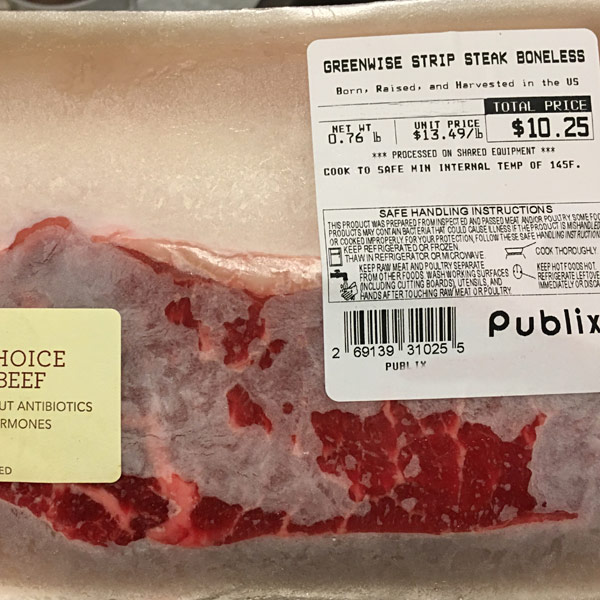
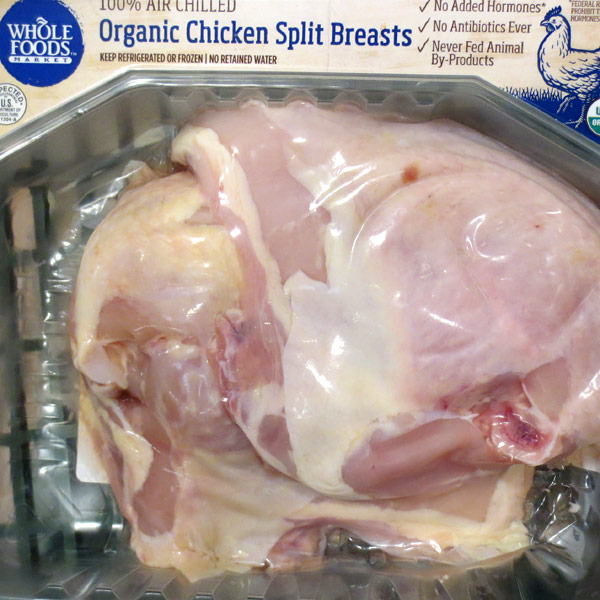
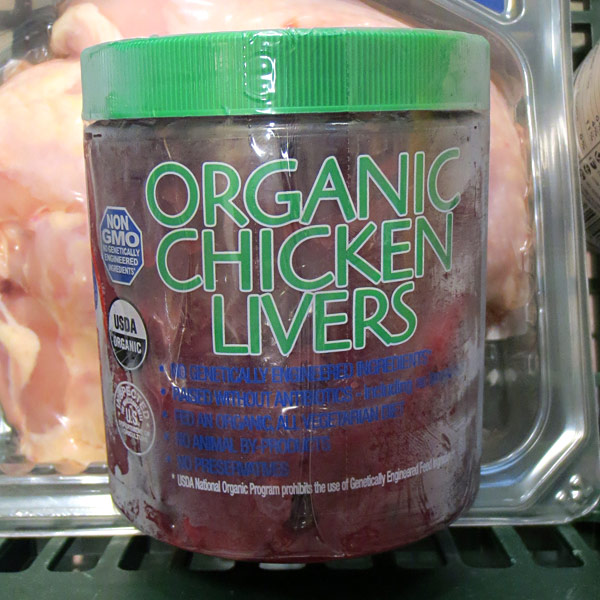
Produce and Fruit
Depending on the vegetable and fruit, some will last longer than others. Apples and oranges can last few weeks if not more. While bananas and avocadoes spoil within a week.
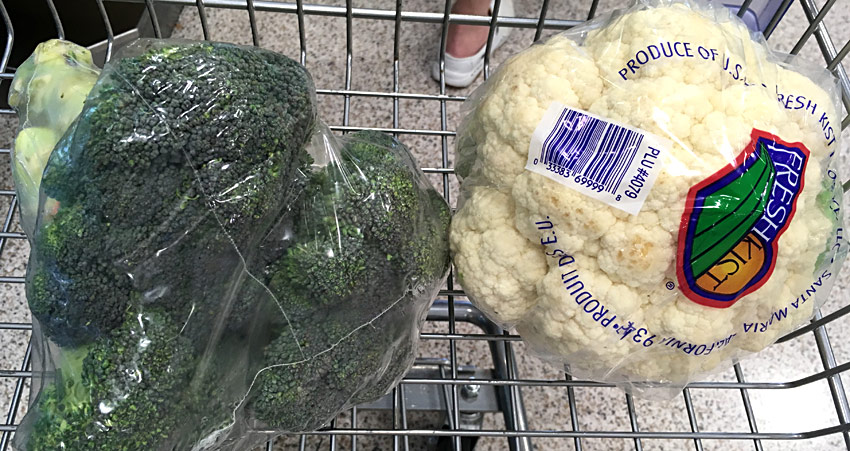
Garlic
Garlic serves 2 purposes - flavor to food and medicinal as garlic is anti-viral. It can last few couple of months in the fridge.
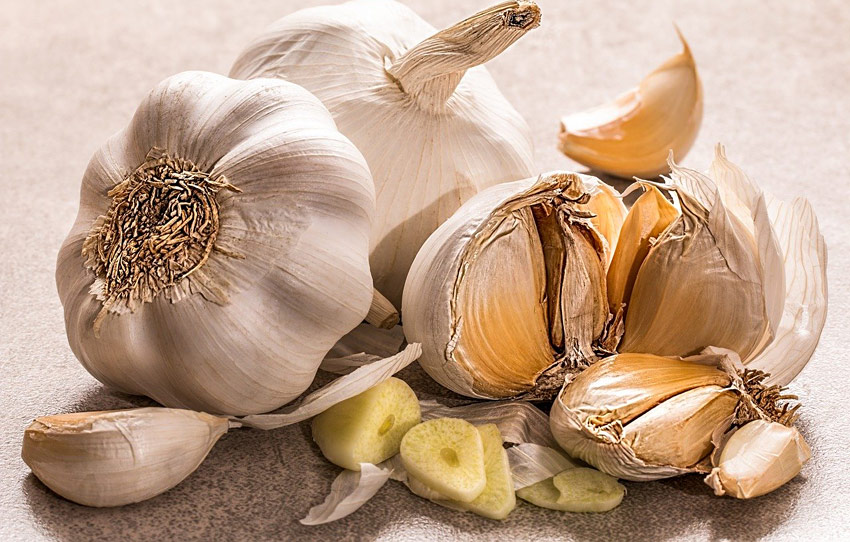
Storing the Food Supplies
Storing this food also falls into 2 categories - perishable and non-perishable.
Perishable food storage is simple. Put it in the fridge or the freezer and eat it before it spoils.
Storing non-perishable food is a little different. We live in an apartment so there isn't much dedicated space to store all of it. The kitchen cupboards are already full. But I also don't want to store the emergency food supplies with everything else. I want to have this emergency food supply out of sight and out of mind and only used when absolutely necessary.
Here is what I did.
I bought two plastic storage bins - 72 quarts from Hefty.
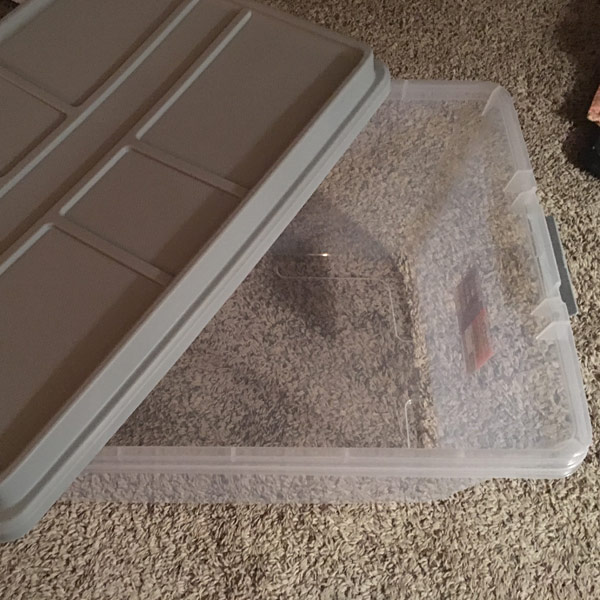
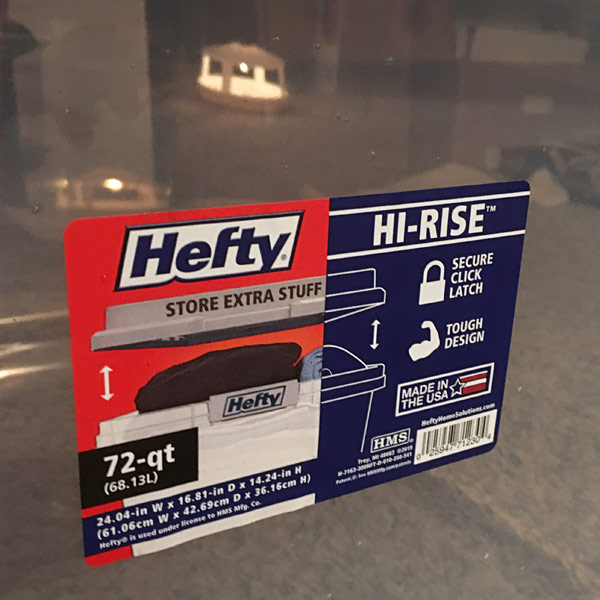
I placed all the supplies into it and stored it in a corner of the room. These supplies will not be touched unless we are running out of food and the stores shelves are empty.

Replenishing the Supplies
Non-perishable food supply in the bins can last for many months. Some can last for couple of years.
However you need to have a system to rotate them into your regular food consumption so they don't rot.
Every 6 month I will go through the bins and move the food with most recent expiration dates into kitchen cupboards.
I stored this food into bins in March. So that means in September I will go through and update the supply. I will write down what I took out and how much so I can replace it with latest expiration date foods. This way I maintain the same capacity and never run out.
Other Supplies
Other additional food and supplies we bought to store.
- Batteries
- Non-electrical lights
- Duct tape
- Paper plates and plastic utensils
- Disinfecting wipes
- Wine and liquor
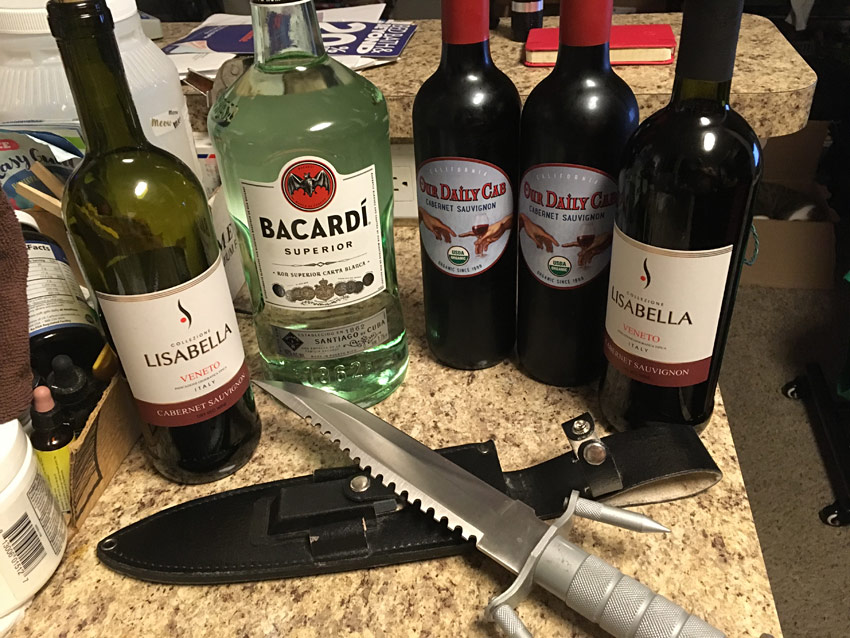
With this list of supplies and knowledge I will always know what to buy and what to store. I will never be pressured to prep food and essentials again. I will now be always ready and simply maintain the system I've built.
Read Next
Part 4 - Pet Food and Supplies: Prepping, Surviving & Thriving in Coronavirus Pandemic



